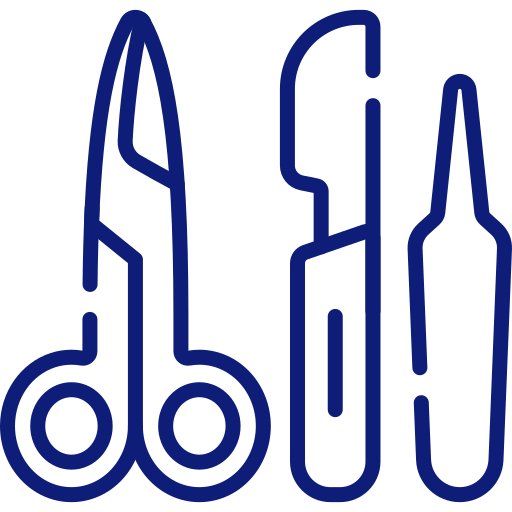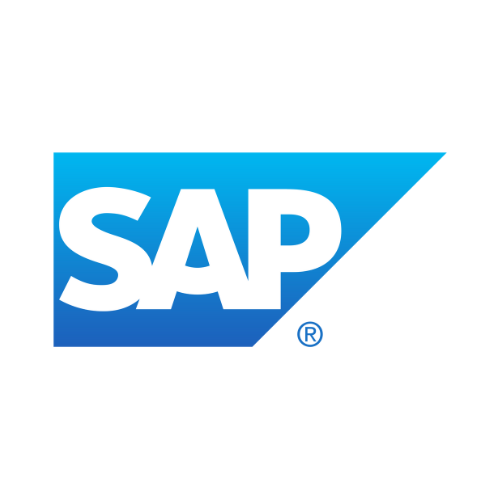September 30, 2019
Blog
Regulatory Requirements for FDA Medical Device Labeling
by Joe Farrell
Share
Medical device labeling is one of the essential processes that goes into producing equipment for the health care sector. The device labels applied to each piece of equipment are designed to protect patients by introducing greater visibility into the medical supply chain, and unless your organization is in compliance with the laws of the countries where your items are distributed, you could be subject to damaging recalls and fines.
To get a grasp on your medical device labeling needs and go about meeting them, you should determine whether your products meet the definition of medical devices, verify which regulations apply in your territory and set up a device labeling process that will reliably ensure compliance for all the goods you produce.
In Legal Terms, What is a Medical Device?
The range of products covered by medical device regulations is very wide - from simple surgical implements used once and then discarded to implants such as pacemakers that contain advanced microchips and are designed to last for years. The Food and Drug Administration, which handles medical device regulation for the U.S., notes that medical devices are all types of goods that diagnose, cure, mitigate or treat conditions or affect the body's structure. The exception is items that are metabolized, meaning food and drugs don't fall under device rules.
Once you've determined that the products your company deals with are medical devices, the next step is to see whether your organization represents the link in the supply chain that applies the mandated labels. The FDA notes that in most cases, it's the device manufacturer that takes this role, though in some cases specification developers, re-processors for single-use devices, convenience kit assemblers, repackagers and relabelers will be the relevant party. This company has to ensure the labels contain all the essential features.
What are the FDA's Medical Device Labeling Rules?
The FDA's labeling system is based around the Unique Device Identification system, in which each device receives a UDI label. The label uses a prefix common to all devices of a type and product identifier. The device identifier helps users track items by accessing the Global Unique Device Identification Database. Medical tools that are reused must have this label on the device itself, and all items must have the UDI label on their packaging. The labels reflect a new pan-European harmonized standard of descriptive symbols.
UDI labels approved by the FDA combine a plain text version of the UDI code with a machine-readable version such as a barcode. The identification numbers themselves are developed in collaboration with the Issuing Agencies accredited by the FDA. These labeling requirements rolled out to implantable, life-saving and life-sustaining medical devices first, and gradually expanded to the rest of the industry. By September 24, 2020, every type of device will require UDI labeling, including labels on the devices themselves for reusable items that are not reprocessed.
The information contained on an FDA label goes beyond the UDI code, and includes the brand name, description, size, catalog number, expiration date, handling instructions and more. The labeler's company name and physical address are also present on the label, as well as contact information and applicable warnings.
What Do the EU's MDA Rules Require?
While the FDA regulations are appropriate for medical devices used in the U.S., there are different, albeit similar rules coming into force in the European Union. MedTech Europe noted that government bodies across the continent are in the process of implementing the Medical Device Regulation policies, aiming for a compliance date of May 26, 2020. In a LinkedIn post, MedTech Europe added that the recertification of devices will take between three and nine months, meaning the industry has to be ready to implement MDR framework far ahead of the 2020 deadline.
The EU's new system includes UDI labeling, along the same general lines as the U.S. version. There is a separate database for devices used in Europe, the European Database of Medical Devices. Patients are required to receive cards that have information on implants used in their bodies, to ensure they can stay informed about the products safeguarding their lives.
What Should Your Company Do?
If your company is a medical device manufacturer, you should ensure your processes are as heavily automated and easily repeatable as possible, to ensure your products get the labels they need to comply with regulations in your target markets. When you have access to a Enterprise Labeling Solution, you can easily create and update templates that make it easy to manage variable data and place the appropriate written, printed or graphic information about your products on the packaging.
The right labeling solution can expand beyond your own operations to reach your entire supply chain of suppliers, distributors and third-party logistics providers, ensuring you won't have to perform unnecessary relabeling to avoid noncompliance. These automated, centralized systems help you deliver accurate medical labels for every item you produce, whether it's intended for the U.S., the EU or another market around the world.







